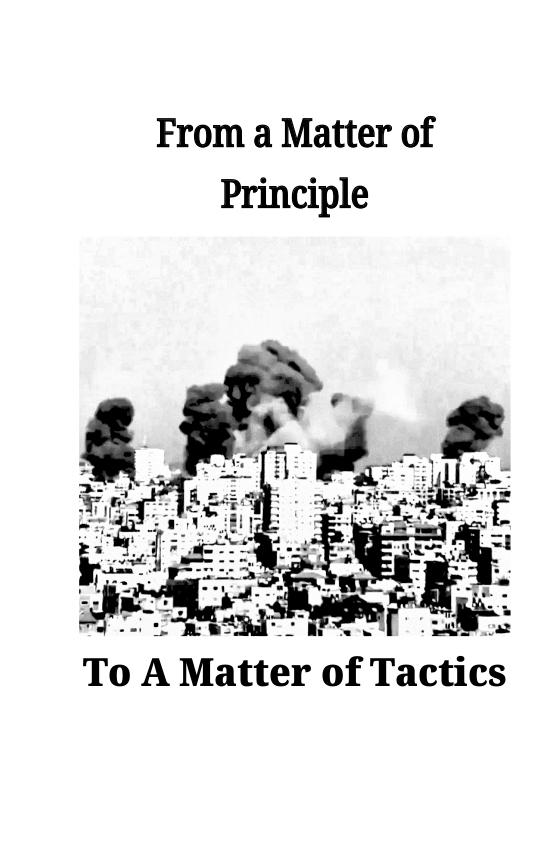 [READ] [PRINT]
[READ] [PRINT]
Anarchists who want to take action, when confronted with the choice of tactics, often default to large mass actions, like black bloc. Imagination is ceded to tactical hegemony; autonomy diminishes; creativity recedes; resistance is franchised with stale, processed, prepackaged ideologies and tactics; questionable organizational methods like spokes-councils and democratic decision making give a participatory veneer to a sealed deal–just like in any liberal democracy; most participants spectate rather than act, learning by passive imitation of the leaders rather than active involvement in intimate relations with experienced trusted friends.
We hope to put an end to this stagnation by giving anarchists some ideas about tactical alternatives to large mass actions. Here we discuss Coordinated Attacks, an extension of single group clandestine actions to multiple groups operating in loose collaboration simultaneously. While the tactics discussed here are not new, we believe our analysis can help anarchists better understand their action options, avoid getting into a rut of the same old tired tactics, choose the option most suited to their objectives, and most importantly, be creative and experiment with new ways of acting.
Continua of Tactics
We propose some ways of comparing alternative tactics, such as single group clandestine actions, large mass actions, and calls to action, so as to aid selection among these tactics, and aid generation of new ones. Some important features that differentiate these tactics are
(i) Total group size. the total number of people participating in an action
(ii) Subgroup size. if there are subgroups, usually in the form of affinity groups, the number of people in the subgroups and whether they are too big, too small, or just right sized for their task
(iii) Timing. whether subgroups act simultaneously or asynchronously
(iv) Communication. whether the subgroups communicate with each other to coordinate prior to the action
(v) Complementarity. whether the subgroup actions complement each other
(vi) Dependency. whether the actions of subgroups depend on the actions of other subgroups
Complex Coordinated Terrorist Attacks
With the hope of expanding the reader’s tactical imagination, we draw on a type of tactic that is feared by the US government, and used by serious resistance movements across the world. Complex Coordinated Terrorist Attacks, so called by the US government, are tactics that use large groups composed of small coordinated subgroups that work simultaneously and complementarily, but have low or no dependency across subgroups during the action.
https://www.fema.gov/sites/default/files/2020-07/planning-considerations-complex-coordinated-terrorist-attacks.pdf
A complex coordinated terrorist attack works to complete some nefarious objective with smaller subgroups that each have a number of members right sized to their subtasks, usually act simultaneously to keep their opposition off balance and maximize impact, and communicate directly with each other prior to the action so as to act in ways that are complementary, or at least not work at cross purposes.
It is worth thinking about why the US government fears these tactics, and why groups that use these tactics rarely, or never, use large mass actions. Why is the US government afraid? Because these tactics are difficult to predict, prevent, and control once they’ve started. Why do these groups use complex coordinated terrorist attacks rather than large mass actions? Because they need to maximize their impact while minimizing risk. For this reason, they tend to only engage in open battle [large mass actions] when it is very likely to yield immediate surrender by the opposition. Look at the resistance movements in Afghanistan and Iraq over the last 20 or so years, and you’ll see extensive use of complex coordinated terrorist attacks, with large mobilizations only used as an end game tactic.
Why Coordinated Attacks?
While complex coordinated terrorist attacks with high degrees of complementarity are more aspirational given the current stages of development in the anarchist movement in the US, coordinated attacks, where the participant subgroups have similar objectives but involve less complex coordination, are highly feasible.
Coordinated attacks have several advantages over other tactics.
i. Because the overarching group has the same goal, but not necessarily the same targets, the total group size can be arbitrarily large. This prevents situations where only one target is chosen, so only a few people can participate, or where many people want to participate, but there are not enough targets for them to all contribute to the action.
ii. Subgroups can be autonomously sized and organized to do specific tasks rather than being subsumed into a large mass with unclear objectives and an implicit leadership hierarchy. Each subgroup makes and executes their own plan within the framework of the agreed upon time and objectives.
iii. Simultaneity increases the shock factor, potential impacts, as well as reduces risks by spreading law enforcement thin.
iv. Prior communication between the subgroups allows for the coordination of timing, selection of common objectives, avoidance of target overlap, and minimization of risk to other subgroups, for example by accidentally leading the police into another subgroup.
v. Coordinated attacks have complementarity without dependency. An advantage of having low dependency is that if a subgroup decides to not participate or if a subgroup fails in their task, the other subgroups, who are not highly dependent on each other, can still do their part of the action. Although we do not emphasize high levels of dependency here–which would make the action significantly more complex–there is the possibility for actions to complement each other, for example by clearing contiguous parts of a travel corridor of surveillance cameras.
Comparison of Coordinated Attacks to Other Tactics Continue reading “From A Matter Of Principle To A Matter Of Tactics” →


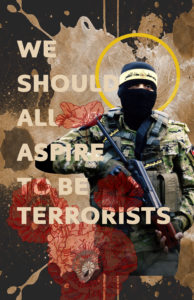






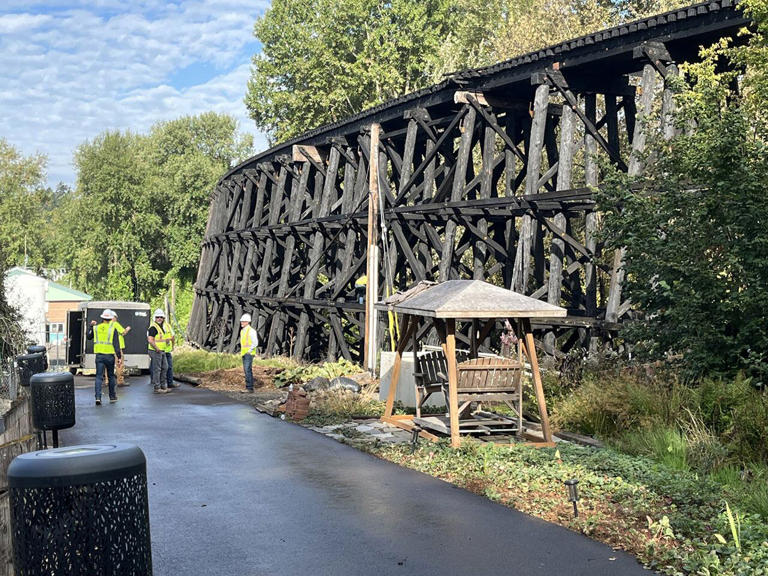


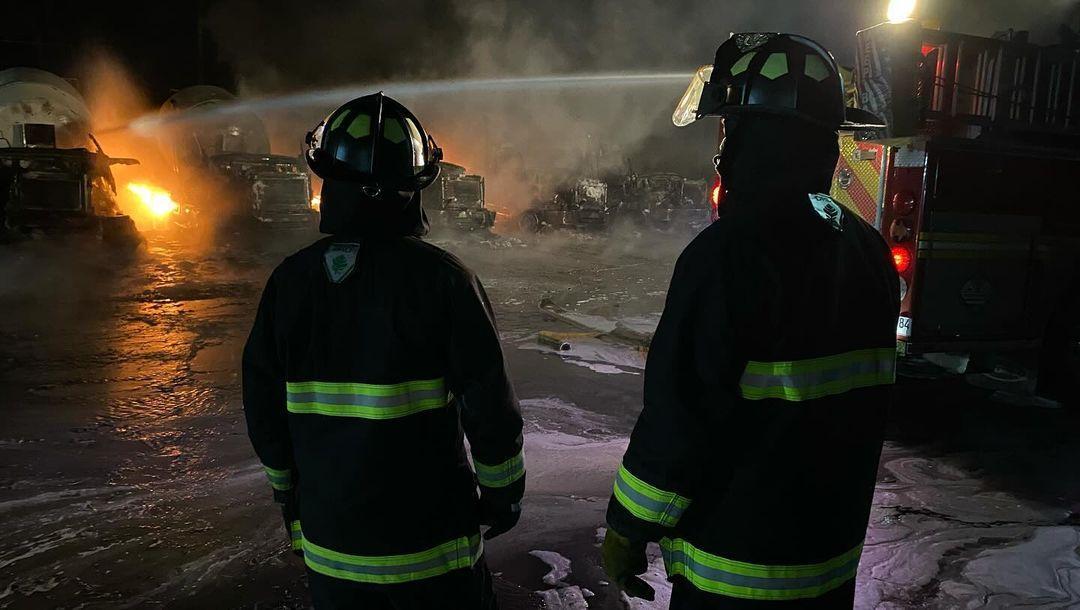
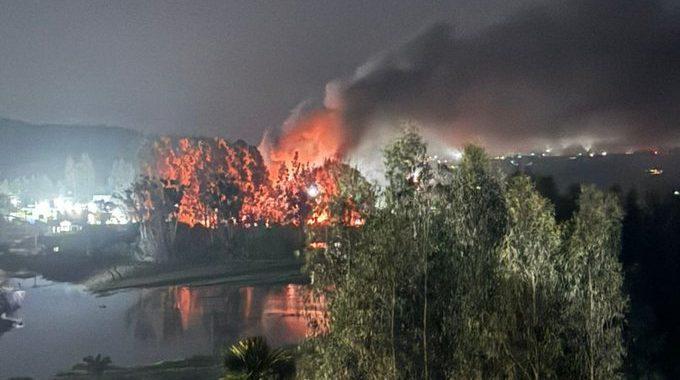





 [
[